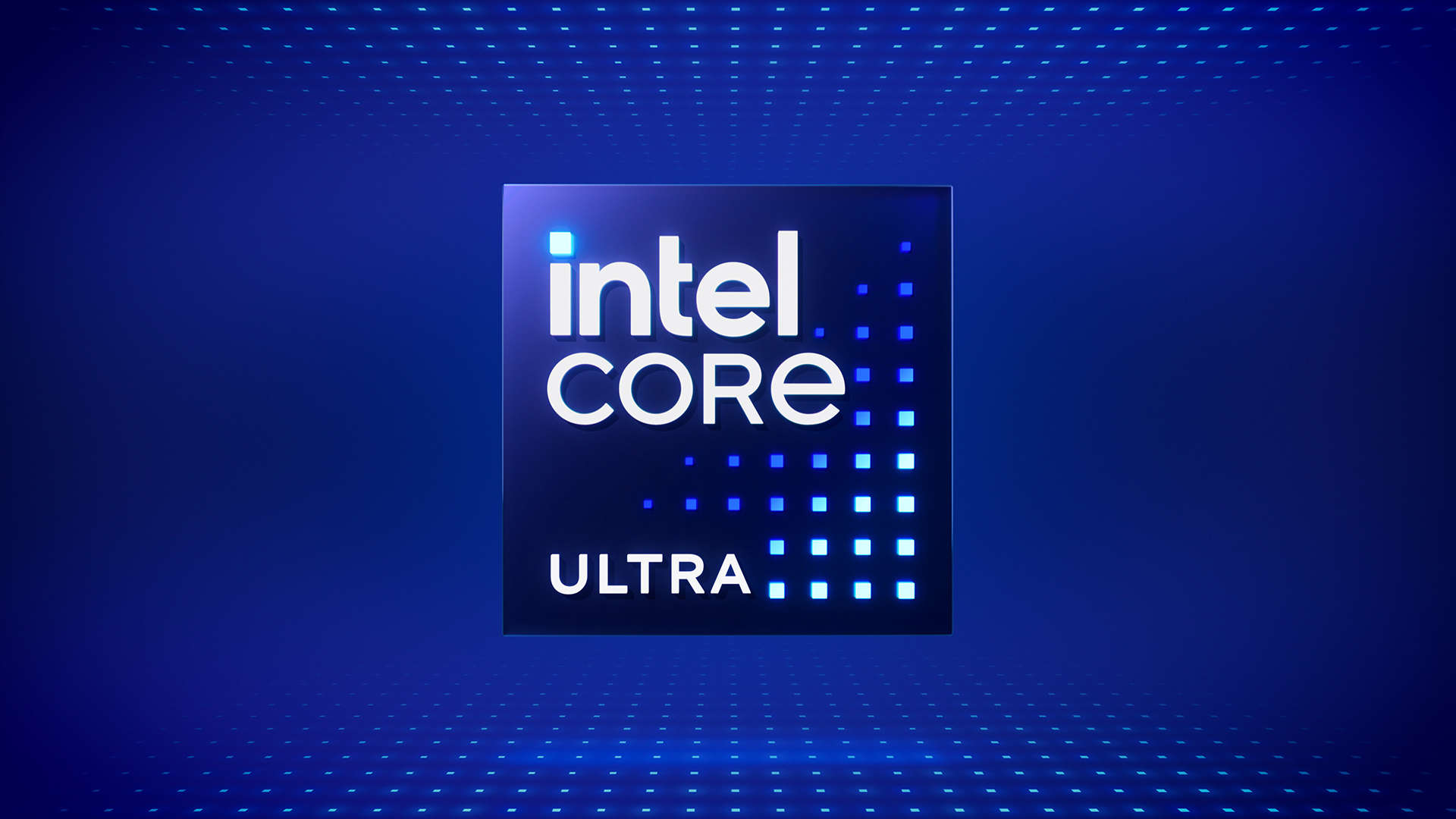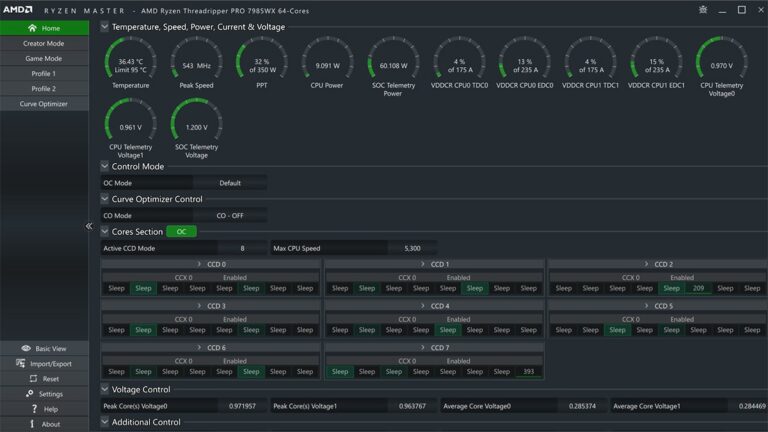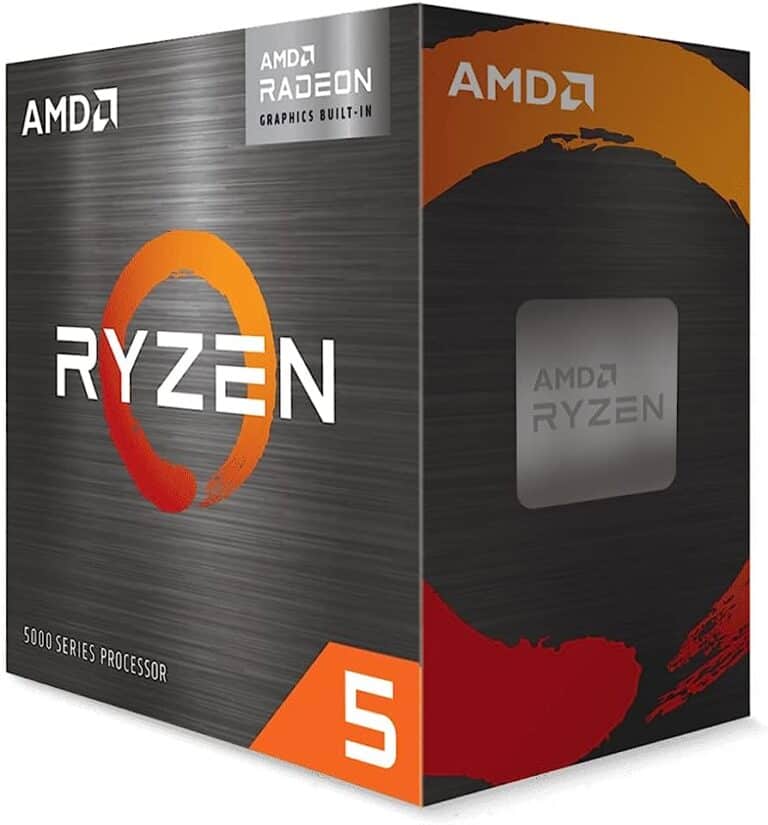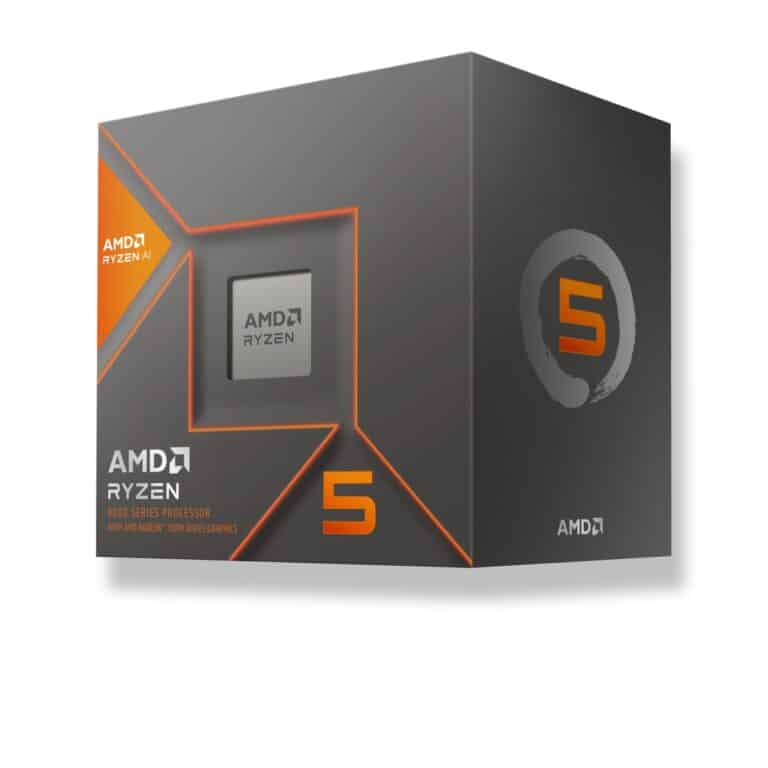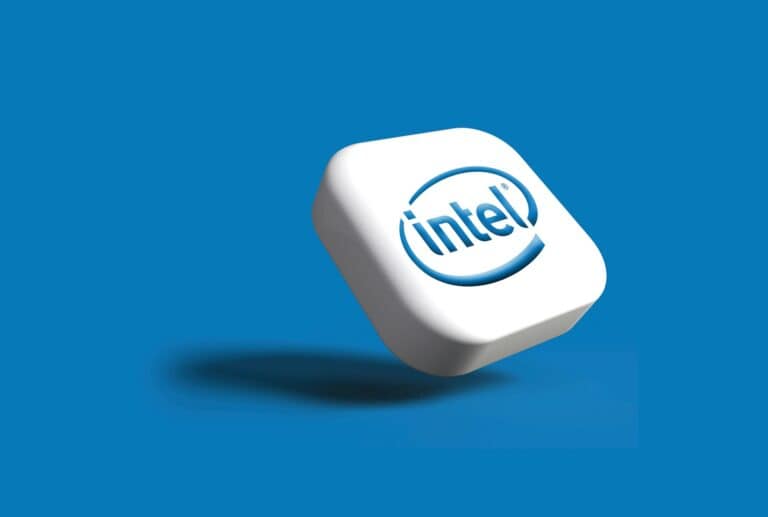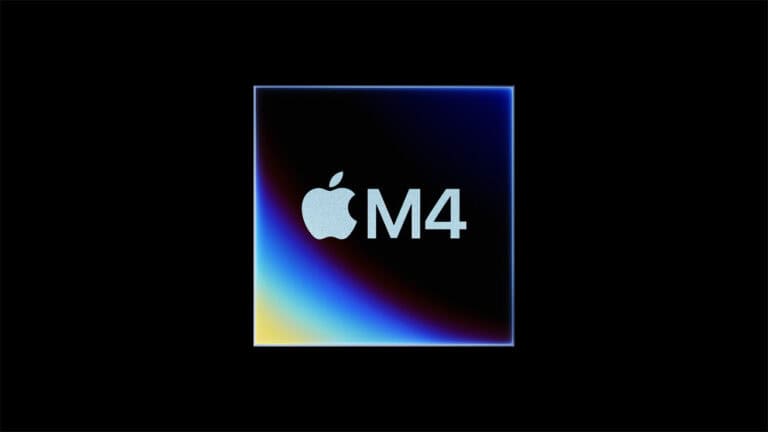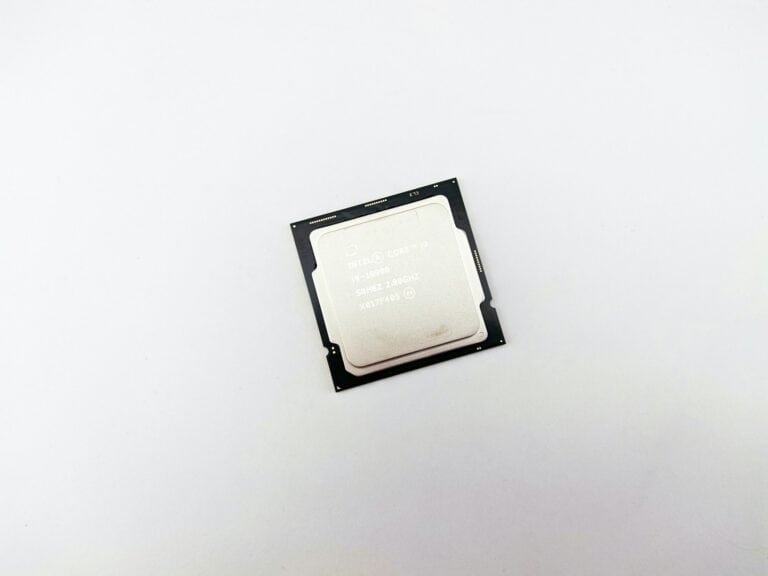Intel’s 15th generation processors, known as Arrow Lake, launched on October 24, 2024, bringing significant changes to the company’s desktop CPU lineup. These new processors use the LGA 1851 socket and are not compatible with older motherboards, requiring users to upgrade to new Z890 chipset boards. The CPUs also feature a new naming system called Core Ultra, replacing the traditional Core i3, i5, i7, and i9 branding.
The Arrow Lake family focuses on power efficiency while maintaining competitive performance against AMD’s latest offerings. Intel redesigned the architecture to use a hybrid core setup with Performance-cores and Efficient-cores working together. This approach helps balance demanding tasks with energy savings.
Users considering an upgrade from 14th generation chips will find notable improvements in efficiency and multi-threaded performance. The new processors support DDR5-5600 memory and PCIe 5.0 connectivity. However, the socket change means additional costs for motherboard upgrades, which affects the overall value proposition for current Intel users.
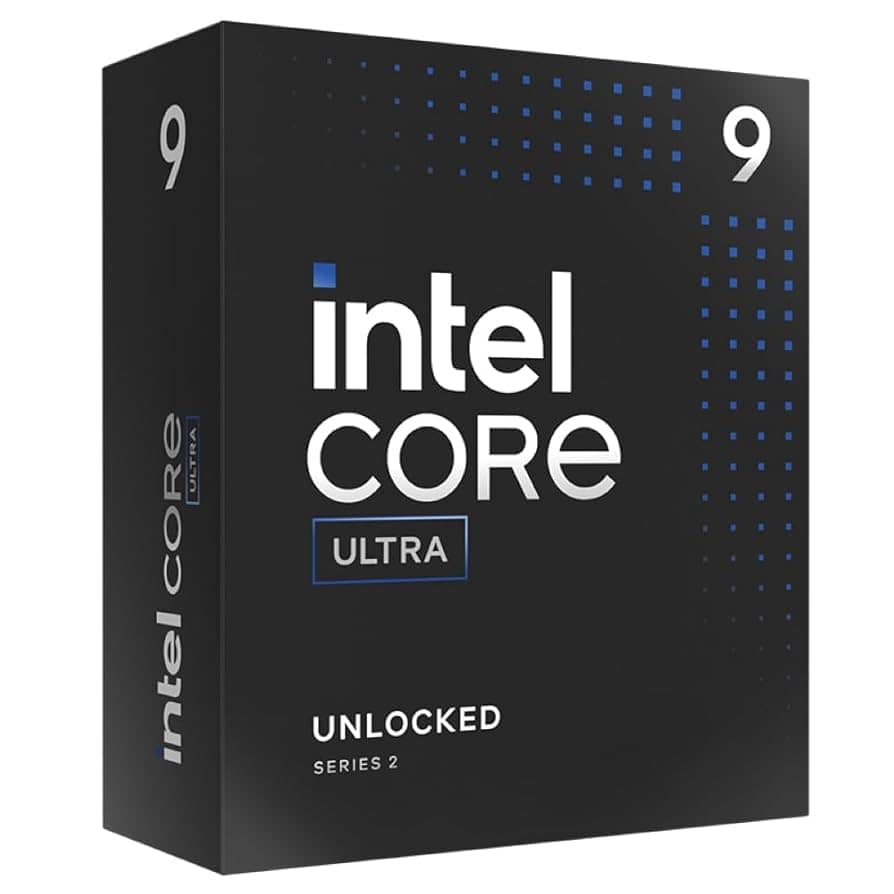
Intel 15th Generation CPU List
Here’s the complete list of Intel 15th Generation CPUs (Arrow Lake):
| Model | Cores | Clock | Boost | TDP | Graphics |
|---|---|---|---|---|---|
| Intel Core Ultra 5 225 | 10 | 3.3 GHz | 4.9 GHz | 65 W | Intel Xe |
| Intel Core Ultra 5 225F | 10 | 3.3 GHz | 4.9 GHz | 65 W | None |
| Intel Core Ultra 5 235 | 14 | 3.4 GHz | 5 GHz | 65 W | Intel Xe |
| Intel Core Ultra 5 245K | 14 | 4.2 GHz | 5.2 GHz | 125 W | Intel Xe |
| Intel Core Ultra 5 245KF | 14 | 4.2 GHz | 5.2 GHz | 125 W | None |
| Intel Core Ultra 7 265 | 20 | 2.4 GHz | 5.3 GHz | 65 W | Intel Xe |
| Intel Core Ultra 7 265F | 20 | 2.4 GHz | 5.3 GHz | 65 W | None |
| Intel Core Ultra 7 265K | 20 | 3.9 GHz | 5.5 GHz | 125 W | Intel Xe |
| Intel Core Ultra 7 265KF | 20 | 3.9 GHz | 5.5 GHz | 125 W | None |
| Intel Core Ultra 9 285 | 24 | 2.5 GHz | 5.6 GHz | 65 W | Intel Xe |
| Intel Core Ultra 9 285K | 24 | 3.7 GHz | 5.7 GHz | 125 W | Intel Xe |
Release Date, Socket, and 14th Gen Comparison
Intel’s 15th generation desktop CPUs — known as Arrow Lake and branded under the Core Ultra 200S series — represent one of the biggest shifts in Intel’s desktop processor lineup in over a decade. From a new naming convention to a brand-new socket and a cutting-edge process node, the 15th-gen launch marked a bold step into the future of performance computing.
Below, we break down the release date, new platform details, and how 15th Gen compares to the previous 14th Gen Raptor Lake Refresh.
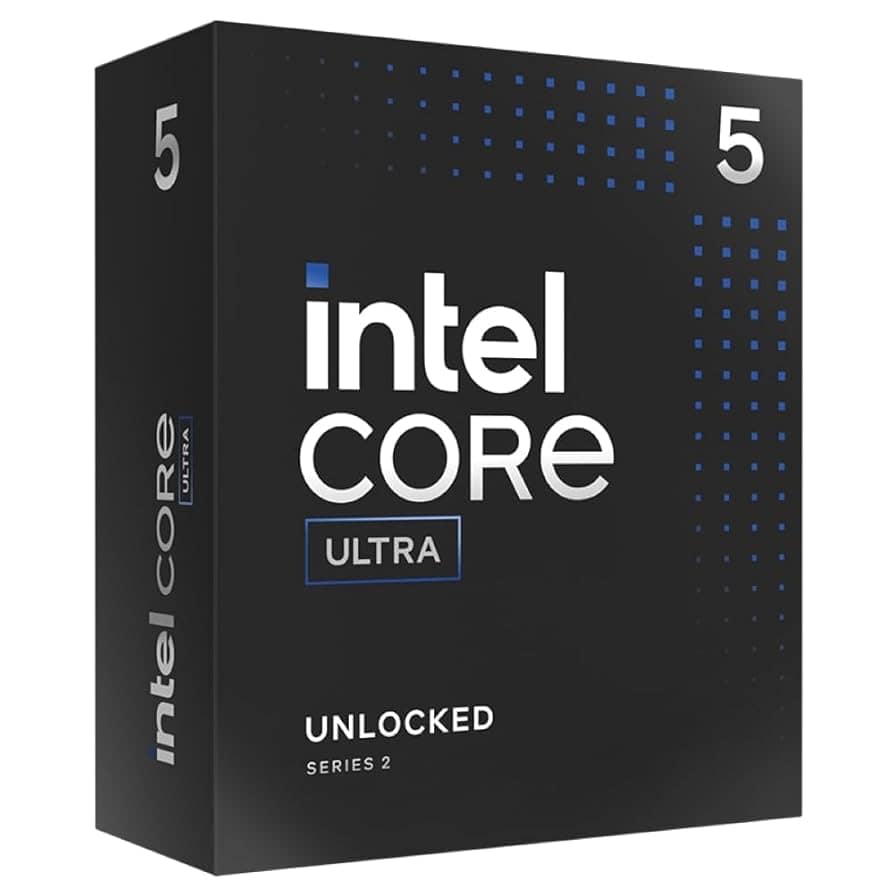
📆 Release Date & Availability
Intel officially announced the 15th Gen Arrow Lake CPUs on October 10, 2024, with the first wave of chips — the Core Ultra 9 285K, Core Ultra 7 265K, and Core Ultra 5 245K — launching on October 24, 2024.
These high-end desktop processors were the first to showcase Intel’s rebranding and architecture overhaul. Additional mainstream SKUs and locked variants followed in early 2025, with broader availability increasing in Q1.
For laptops, mobile versions like the Core Ultra 200H and 200HX began rolling out in Q1 2025, with the powerful 200HX models delivering up to 24 cores and integrated AI NPUs, making them ideal for creative professionals and gamers on the go.
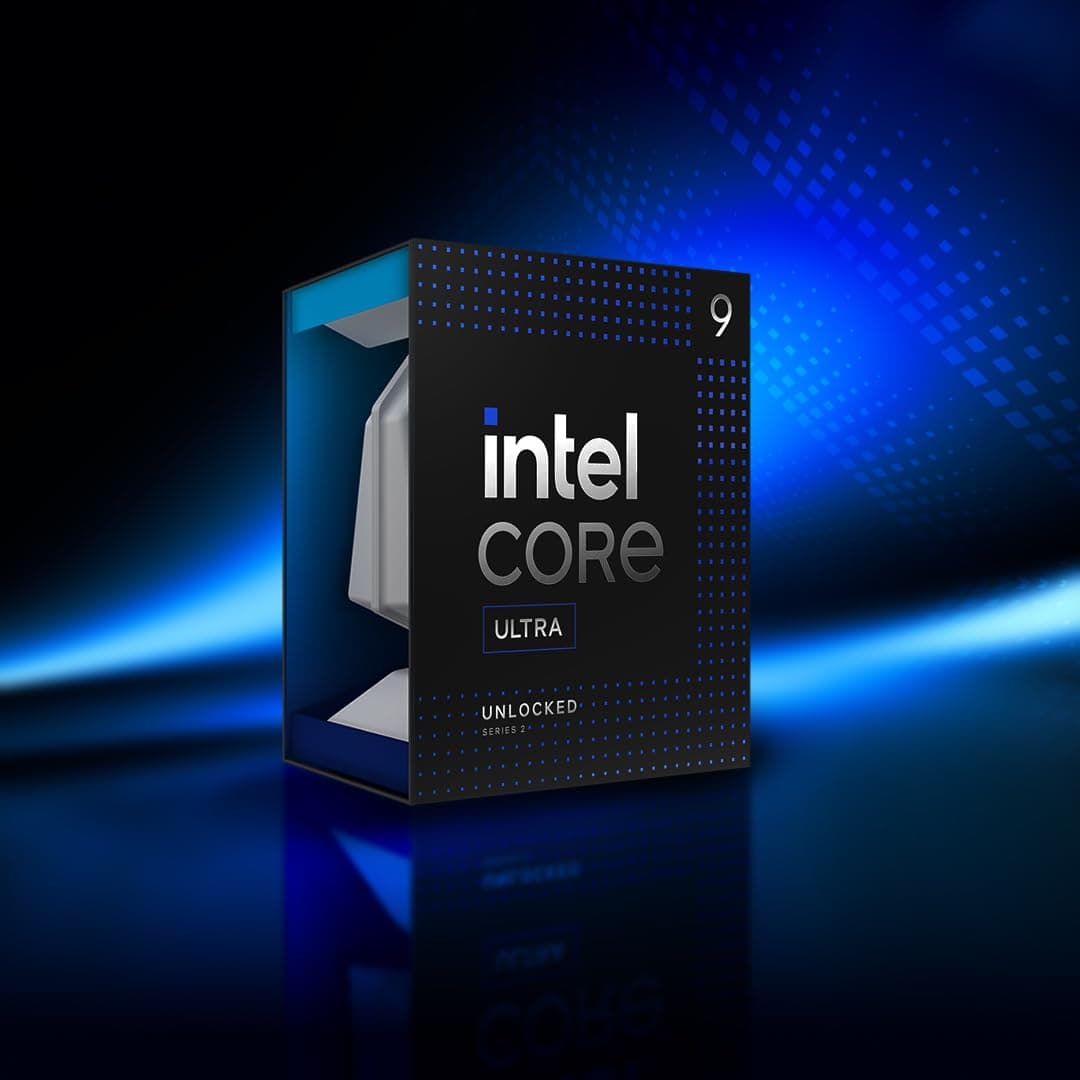
🧬 What’s New in Intel 15th Gen?
The 15th Gen lineup is built around several foundational upgrades:
- New Naming Scheme: The traditional “Core i” branding (like Core i9) is gone. Now it’s Core Ultra, aligning with Intel’s AI and next-gen positioning.
- New Process Node: Built on Intel 20A (roughly equivalent to a 2nm class node), these chips deliver significant gains in power efficiency and transistor density.
- New Socket: Say goodbye to LGA 1700 — the 15th Gen CPUs require the all-new LGA 1851 socket, meaning new motherboards are mandatory.
- Memory & I/O:
- DDR5-only (up to 6400 MT/s officially supported)
- PCIe 5.0 support for GPUs and storage
- AI Acceleration: Each CPU features an NPU (Neural Processing Unit) to handle AI workloads natively, paving the way for more responsive and intelligent software experiences.
🆚 15th Gen vs 14th Gen: What’s the Difference?
| Feature | 14th Gen (Raptor Lake Refresh) | 15th Gen (Arrow Lake – Core Ultra 200S) |
|---|---|---|
| Release Date | October 2023 | October 24, 2024 |
| Socket | LGA 1700 | LGA 1851 |
| Architecture | Refreshed Raptor Lake | New Arrow Lake (20A Node) |
| Naming | Core i9/i7/i5/i3 | Core Ultra 9/7/5 |
| Memory | DDR4 & DDR5 | DDR5 only |
| PCIe Support | PCIe 5.0 | PCIe 5.0 |
| AI Acceleration (NPU) | ❌ No | ✅ Yes |
| Efficiency | Moderate | Significantly Improved |
| Mobile Integration | Core HX/H | Core Ultra 200HX/H with AI NPU |
In Short:
- Arrow Lake (15th Gen) is a complete architectural refresh that ditches legacy compatibility in favor of forward-looking features like AI acceleration and DDR5 optimization.
- 14th Gen offered incremental improvements over 13th Gen, but lacked AI support and retained the aging LGA 1700 platform.
🧠 Platform Overview
| Category | Details |
|---|---|
| Generation | 15th (Arrow Lake) |
| Retail Launch Date | October 24, 2024 |
| Key Desktop Models | Core Ultra 9 285K, 7 265K, 5 245K |
| Platform | LGA 1851 socket, DDR5 only, PCIe 5.0 |
| Mobile Variants | Core Ultra 200H / 200HX arriving in Q1 2025 |
Final Thoughts
Intel’s 15th Gen Core Ultra CPUs are a major inflection point for the company. With a new naming convention, architecture, and AI-focused design, they’re clearly built for the next era of computing — not just gaming and productivity, but also AI-powered applications.
If you’re building a new PC and want access to the latest platform and features (like onboard AI acceleration), Arrow Lake is the future. However, you’ll need to invest in a new motherboard and DDR5 memory.
Looking to upgrade from 13th or 14th Gen? You’ll need a complete platform overhaul — but for power users, creators, and gamers, the performance and efficiency gains could well be worth it.
Key Takeaways
- Intel 15th gen CPUs launched October 24, 2024 with a new LGA 1851 socket that requires new motherboards
- Arrow Lake processors use Core Ultra branding and focus on improved power efficiency with hybrid core architecture
- The new generation offers better multi-threaded performance than 14th gen but requires platform upgrades for existing users
Intel 15th Gen CPUs: Release Date, Socket, and Architecture
Intel launched its 15th generation Arrow Lake processors on October 24, 2024, marking a major shift to the new LGA 1851 socket and TSMC manufacturing. These Core Ultra desktop processors bring new architecture improvements and the first Neural Processing Unit in Intel’s desktop lineup.
Confirmed Launch Timeline
Intel released the first Arrow Lake processors on October 24, 2024. The launch followed months of anticipation from tech enthusiasts and industry watchers.
The initial release included three main desktop models. The Core Ultra 9 285K leads the lineup as the flagship processor. The Core Ultra 7 265K targets mainstream users who need strong performance. The Core Ultra 5 245K serves budget-conscious buyers.
Intel also released F-series variants like the Core Ultra 5 245KF. These models lack integrated graphics and cost less than their standard counterparts.
The company confirmed additional Arrow Lake models would follow. Mobile versions for laptops are expected in future releases. Intel has not announced specific dates for these upcoming processors.
Arrow Lake Platform and LGA 1851 Socket
Arrow Lake processors use the new LGA 1851 socket. This socket replaces the LGA 1700 socket used by 12th, 13th, and 14th generation processors.
The socket change means users need new motherboards. Intel’s Z890 chipset powers the first Arrow Lake motherboards. These boards support DDR5 memory and PCIe 5.0 connectivity.
LGA 1851 provides better power delivery for Arrow Lake’s architecture. The socket accommodates increased core counts and improved efficiency features. Users cannot install Arrow Lake processors in older motherboard sockets.
The new platform requires DDR5 memory. Arrow Lake processors support DDR5-5600 speeds as standard. This memory requirement adds to upgrade costs for users coming from older systems.
Key Architecture and Manufacturing Details
Intel partnered with TSMC to manufacture Arrow Lake processors. This marks a shift from Intel’s own fabrication facilities for desktop processors. TSMC produces these chips using advanced manufacturing processes.
Arrow Lake introduces Intel’s first desktop Neural Processing Unit (NPU). This dedicated AI processing unit handles machine learning tasks more efficiently than traditional CPU cores. The NPU reduces power consumption for AI workloads.
The processors use a hybrid core design. Performance cores (P-cores) handle demanding single-threaded tasks. Efficiency cores (E-cores) manage background processes and multi-threaded workloads. This design balances performance with power efficiency.
Intel’s new Core Ultra branding replaces the traditional Core i5, i7, and i9 names. The rebrand reflects architectural changes and Intel’s focus on efficiency improvements over previous generations.
Comparison: Intel 15th Gen vs 14th Gen and AMD Ryzen 9000
Intel’s Arrow Lake processors bring major changes to core design and manufacturing, while AMD’s Zen 5 architecture offers strong competition with better power efficiency. The 15th gen chips use TSMC’s 3nm process and drop hyperthreading, creating different performance characteristics than both 14th gen Intel and Ryzen 9000 processors.
Performance and Core Configuration
Intel’s 15th gen processors maintain similar core counts to 14th gen but remove hyperthreading support. The Core Ultra 9 285K features 8 P-cores and 16 E-cores, identical to the i9-14900K configuration. However, the lack of hyperthreading reduces total thread count from 32 to 24.
The Core Ultra 7 265K and Core Ultra 5 245K follow the same pattern. This change affects multi-threaded workloads differently than single-threaded tasks.
AMD’s Ryzen 9000 series uses traditional high-performance cores without efficiency cores. The flagship Ryzen 9 9950X offers 16 cores and 32 threads, providing more threads than Intel’s top chip.
| Processor | Cores/Threads | Max Boost |
|---|---|---|
| Core Ultra 9 285K | 8P+16E/24 | 5.5 GHz |
| i9-14900K | 8P+16E/32 | 6.0 GHz |
| Ryzen 9 9950X | 16/32 | 5.7 GHz |
Gaming performance varies by title, with Intel’s 14th gen often matching or beating 15th gen due to higher boost clocks.
Power Efficiency and Thermals
Intel’s move to TSMC’s 3nm process improves power efficiency compared to 14th gen. The 15th gen processors maintain 125W base power limits but draw less power under load.
AMD’s Zen 5 architecture excels in power efficiency. The Ryzen 9 9950X runs at 170W TDP, while lower-tier models like the 9600X and 9700X operate at just 65W. This represents a significant advantage over Intel’s consistent 125W base power across the lineup.
14th gen processors often exceed 250W under heavy loads. The 15th gen chips reduce this to around 200W in similar scenarios.
Temperature management improves with 15th gen due to better heat distribution. The smaller 3nm process generates less heat per watt than Intel’s previous 10nm node.
Ryzen 9000 processors run cooler overall, making them easier to cool with standard air coolers.
AI and NPU Capabilities
Intel’s 15th gen processors include dedicated NPU units for AI workloads. These neural processing units handle tasks like background blur in video calls and AI image processing without using CPU cores.
The NPU delivers approximately 13 TOPS of AI performance. This addition gives Intel an advantage in AI-accelerated applications over both 14th gen and Ryzen 9000 processors.
AMD’s Ryzen 9000 series lacks dedicated NPU hardware. AI tasks run on the main CPU cores, consuming more power and reducing performance for other applications.
Intel’s 14th gen processors also lack NPU support, relying entirely on CPU cores for AI processing. The NPU represents one of the clearest upgrades from 14th to 15th gen.
Software support for NPU acceleration continues expanding, with more applications using these dedicated units monthly.
Platform and Feature Support
Intel’s 15th gen requires the new LGA1851 socket, making it incompatible with existing LGA1700 motherboards. This increases upgrade costs for users moving from 12th, 13th, or 14th gen processors.
The platform supports DDR5-8000 memory and provides 20 PCIe 5.0 lanes. Wi-Fi 7 and Thunderbolt 5 support come standard on most motherboards.
AMD maintains the AM5 socket for Ryzen 9000 processors. Users with existing AM5 motherboards can upgrade with just a BIOS update. This provides better value for current AMD users.
Ryzen 9000 processors offer 24 PCIe 5.0 lanes, four more than Intel’s implementation. They also support DDR5-8000 memory speeds natively.
Intel’s 14th gen uses the older LGA1700 socket with DDR5-5600 standard support. PCIe 5.0 support remains limited compared to both 15th gen and Ryzen 9000.
The Core Ultra 5 245KF and other KF variants lack integrated graphics, requiring discrete GPUs for display output.
Frequently Asked Questions
Intel’s 15th generation Arrow Lake processors launched on October 24, 2024, with the Core Ultra naming system and new LGA 1851 socket. These CPUs focus on power efficiency improvements while maintaining competitive performance against AMD’s processors.
What are the anticipated improvements in Intel’s 15th generation CPUs compared to the 14th generation?
The 15th generation CPUs deliver major power efficiency gains over 14th generation processors. Intel reduced power consumption significantly while maintaining performance levels.
Arrow Lake introduces the first Neural Processing Unit (NPU) in Intel desktop CPUs. This NPU handles AI tasks more efficiently than traditional CPU cores.
The hybrid core architecture combines Performance-cores and Efficient-cores better than previous generations. This design balances demanding tasks with power savings.
Intel improved the integrated graphics with Xe-LPG technology. Users get better performance for everyday tasks and light gaming.
When can consumers expect the release of the 15th generation Intel CPUs?
Intel released the first 15th generation CPUs on October 24, 2024. The initial launch included desktop processors in the Core Ultra 5, 7, and 9 series.
The first models available were the Core Ultra 9 285K, Core Ultra 7 265K, and Core Ultra 5 245K. Intel released additional models throughout late 2024.
Which socket type is the 15th generation of Intel processors expected to support?
The 15th generation CPUs use the new LGA 1851 socket. This replaces the LGA 1700 socket used by 12th, 13th, and 14th generation processors.
Users with existing LGA 1700 motherboards cannot use 15th generation CPUs. They need new Z890 motherboards to support Arrow Lake processors.
The new platform supports DDR5-5600 memory and PCIe 5.0. These features enable faster data transfer speeds than older systems.
Are there any price projections available for the Intel 15th generation CPUs?
Intel has not released official pricing information for all 15th generation models. The company typically prices flagship K-series processors competitively with AMD offerings.
The Core Ultra 9 285K targets the high-end market segment. Mid-range Core Ultra 5 and 7 processors aim for mainstream users.
F-series models without integrated graphics usually cost less than their standard counterparts. This gives users more budget-friendly options when using dedicated graphics cards.
How will the performance of the Intel 15th gen CPUs differ from AMD’s latest offerings?
Intel designed Arrow Lake to compete directly with AMD’s Ryzen processors. The focus on power efficiency addresses previous Intel disadvantages.
Multi-threaded performance improved with the hybrid core design. Applications that use many cores benefit from the additional Efficient-cores.
Gaming performance remains competitive between Intel and AMD processors. The choice often depends on specific games and system configurations.
Power consumption improvements make Intel CPUs more attractive for small form factor builds. This was a weakness compared to AMD in previous generations.
Is there any information on the release date for 15th generation Intel-based laptops?
Intel has not announced specific release dates for mobile 15th generation processors. The company typically releases desktop CPUs first, followed by mobile versions.
Mobile Arrow Lake processors will likely arrive in 2025. These chips will target ultrabooks and gaming laptops with improved battery life.
The mobile versions will probably use lower power variants of the desktop architecture. This maintains performance while meeting laptop thermal and power requirements.

